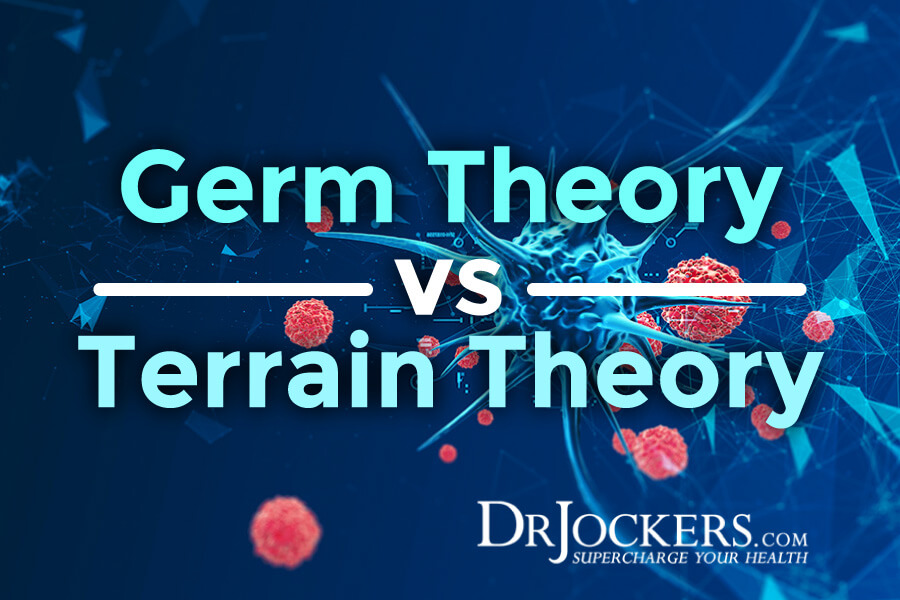 Germ Theory vs Terrain Theory of Health & Disease
Germ Theory vs Terrain Theory of Health & Disease
Everyone gets sick from time to time. Have you noticed, though, that some people seem to catch the flu every season and get colds frequently, while some only get minor sniffles once in a while? Some people recover quickly, whereas others deal with coughs or fatigue even weeks after initially getting sick.
Why are some people more vulnerable to infections and have a more difficult time recovering than others? How can you improve your health to reduce your risk of frequent or prolonged infections and illness? Understanding the germ theory and terrain theory of health may provide some insight to your questions.
In this article, I will explain what the germ theory of health is and what are its origins. I will share what the terrain theory of health is and what are its origins. You will understand the difference between the two theories. You will understand that our modern healthcare system is based on the germ theory and what the gaps are in this system. I will share my best natural strategies to optimize your terrain and improve your health and well-being.
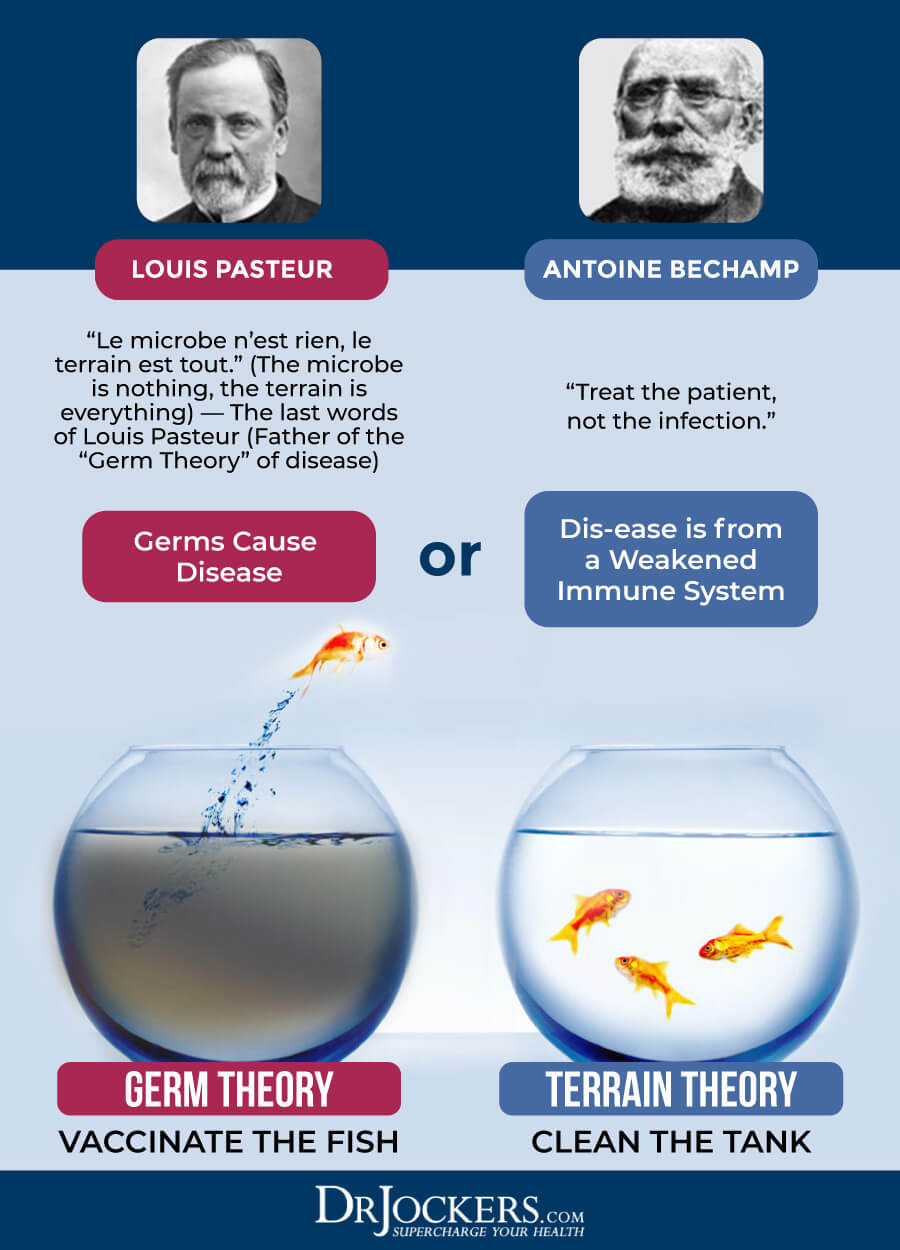
What Is the Germ Theory of Health
The germ theory of health believes that germs or pathogens can lead to disease. These pathogens are microorganisms, such as bacteria and fungi, and non-living pathogens, such as viruses. These microorganisms are not visible to your eyes without using magnifications. They can invade animals and humans and cause disease by growing and reproducing in their bodies. Diseases caused by germs or pathogens are referred to as infectious diseases.
The germ theory believes that disease arises due to exposure to germs outside the body. It believes that the function, shape, and color of microorganisms are constant and that every disease is associated with specific microorganisms. It believes that we should protect ourselves against germs and tend to support vaccinations as a way of protection.
It pays little attention to the health of our cells and the strength of our immune system; instead, the theory focuses on the idea that disease from germs can strike anybody. The main emphasis of the germ theory of health is the killing of germs (1, 2, 3, 4).
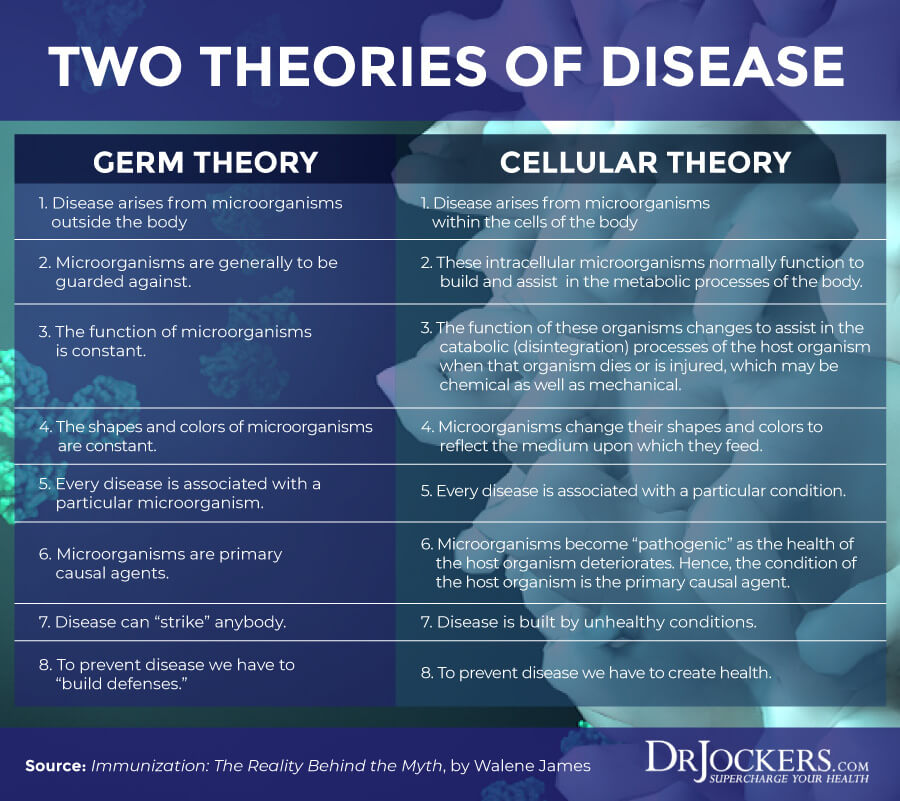
Origins of the Germ Theory of Health
The origins of the germ theory of health date back to ancient times. Greek historian, Thucydides (460 – 400 BC) has written about the idea that diseases can spread person to person through tiny seeds. Sushruta in the 6th century BC has also theorized that disease may spread person to person through food, touching, sexual contact, and other activities.
Basic concepts of the germ theory of health emerged in the Middle Ages. Physicians Ibn Sina in 1025, Ibn Khatima, and Ibn al-Khatib in the 14th century have discussed its basic ideas. The idea that diseases could spread by seed-like entities was first introduced by Girolamo Fracastoro in the 1500s and expanded upon by Marcus von Plenciz in 1762. In the early 1800s, Agostine Bassi observed diseases in silkworms caused by parasites and theorized that similar things were happening in humans and animals.
His work greatly influenced Louis Pasteur, the father of the germ theory of disease. Through scientific experiments, Pasteur demonstrated that disease microorganisms in the environment are the ones causing disease instead of the air itself, as it was believed at the time. For example, the idea of “catching a cold” started before we knew much about microbial life, and the thought was that cold air itself could cause you to become ill.
Pasteur’s germ theory of health was later further developed by Robert Koch and other scientists, laying the main foundations of our modern-day healthcare (5, 6, 7, 8).
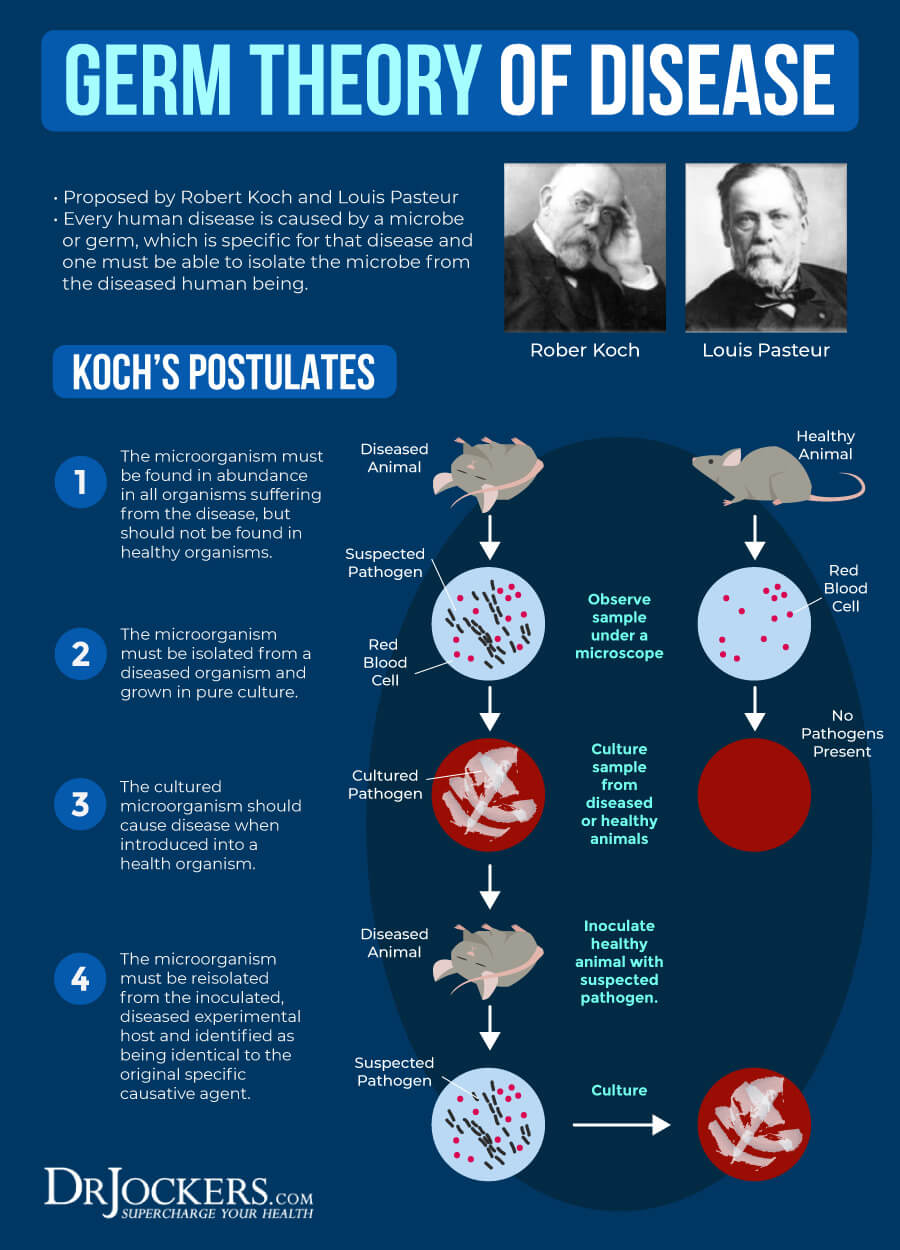
What Is the Terrain Theory of Health
While the germ theory of health believes that disease is caused by germs and can affect anyone, another theory believes that germs cannot cause infection and disease unless the conditions within the body allow it. An unhealthy body may be the feeding ground for the growth and reproduction of these microbes, whereas a healthy body is a poor host where microbes cannot take up residence and cause illness. This is the terrain theory of health.
The terrain theory, also called the ‘cellular theory’ of health looks at the body as a terrain. Your terrain is your internal environment within your body. A diseased and unhealthy body may attract pathogenic germs and cannot fend for itself, whereas a healthy body may repel them or keep them in balance.
The terrain theory believes that disease will happen due to germs inside the body instead of outside of it. It believes that microorganisms change function, shape, and color depending on their environment. It explains that we need microorganisms, and they can actually help to develop important metabolic functions and help our bodies if we provide a healthy environment for them. As science has evolved, we have learned about the great importance of the terrain of our microbiome in our health.
The terrain theory explains that an unhealthy body environment attracts disease, and in order to prevent and fight disease, we need to create health. It places a major emphasis on the health of our cells and the strength of our immune system.
The terrain theory of health tends to be vaccine-hesitant and puts less emphasis on killing germs through constant sanitation and use of antibiotics. Instead, the terrain theory looks at germs as an important asset to building healthy homeostasis in the body (4, 9, 10). This parallels well with restoring balance and homeostasis to our microbiome.

Origins of the Terrain Theory of Health
The terrain theory of health was introduced by Claude Bernard and Antoine Bechamp. This terrain theory of health is the exact opposite of the germ theory of health by Pasteur. It takes a more holistic look at disease, examining the host instead of the invader.
The idea that an unhealthy bodily environment is more likely to attract and be a good host for disease explains why, for example, the exact same flu virus in the same flu season may affect certain people more than others. The terrain theory of health believes in the importance of creating a healthy body through detoxification, nutrition, and lifestyle (4, 9, 10).
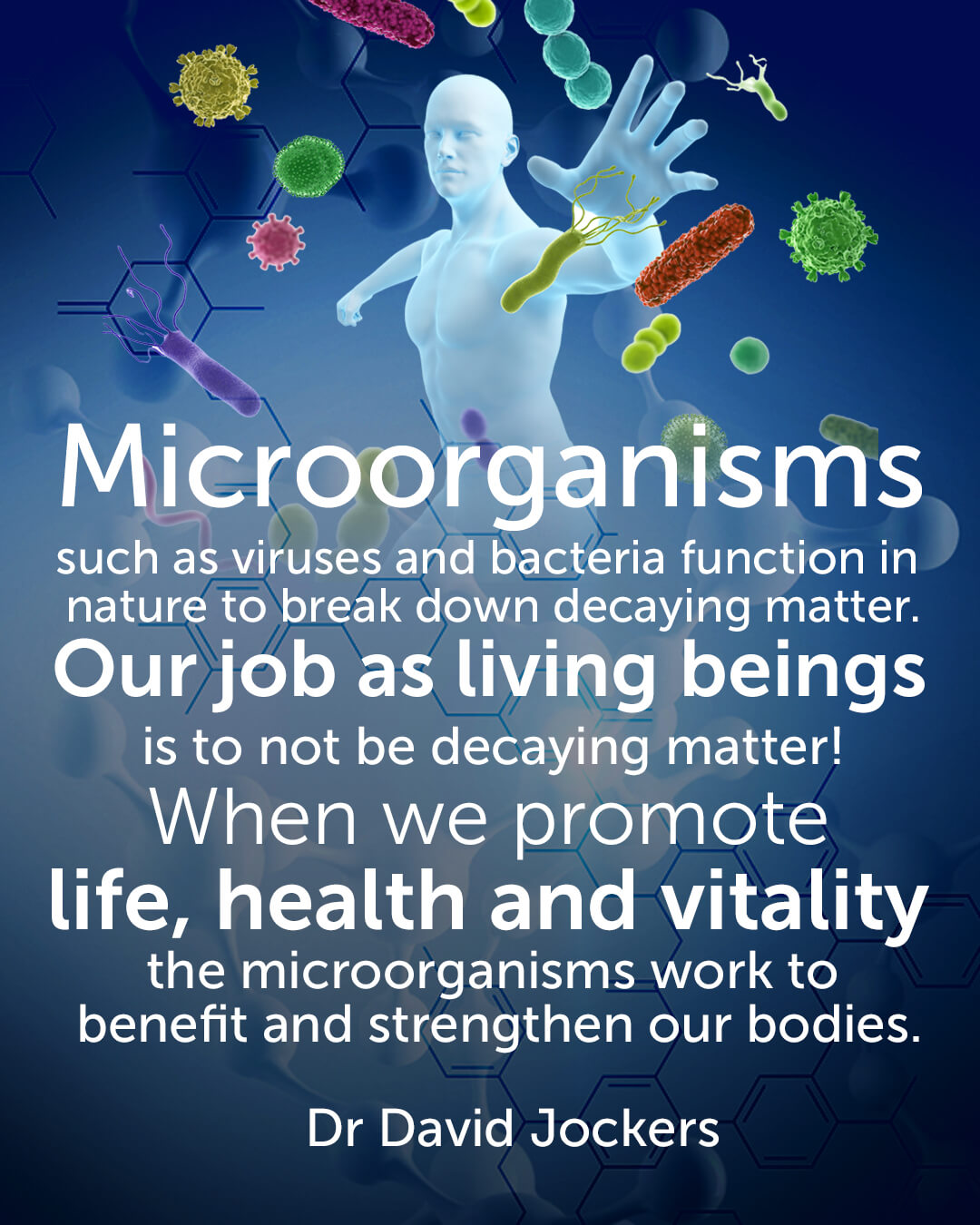
Modern Healthcare Is Based on Germ Theory
Western medicine and modern healthcare have been focusing on the germ theory of health for over 150 years. They believe that pathogens, including bacteria, viruses, fungi, parasites, and other pathogens, are the main cause of infectious diseases. For this reason, they have been placing a major emphasis on sterilization and killing pathogens and tumors. While this has some benefits, there are also many downsides.
If you need surgery, for example, you certainly want an operating room to be clean to avoid infections. Washing your hands and cleaning your hands have their place and benefits. However, this overemphasis on sterilization and killing germs takes away from creating a healthy environment in our bodies. Over sterilization may actually make you more vulnerable to infections and illnesses.
Our modern healthcare, which is based on the germ theory, puts little to no emphasis on supporting and strengthening the body; instead, it tries to control our external environment and treat symptoms of the disease. On the other hand, holistic, natural, and functional health practitioners, like myself, understand the importance of creating homeostasis within our body, improving our health through nutrition and lifestyle, and optimizing our microbiome and internal environment to prevent disease and improve recovery.
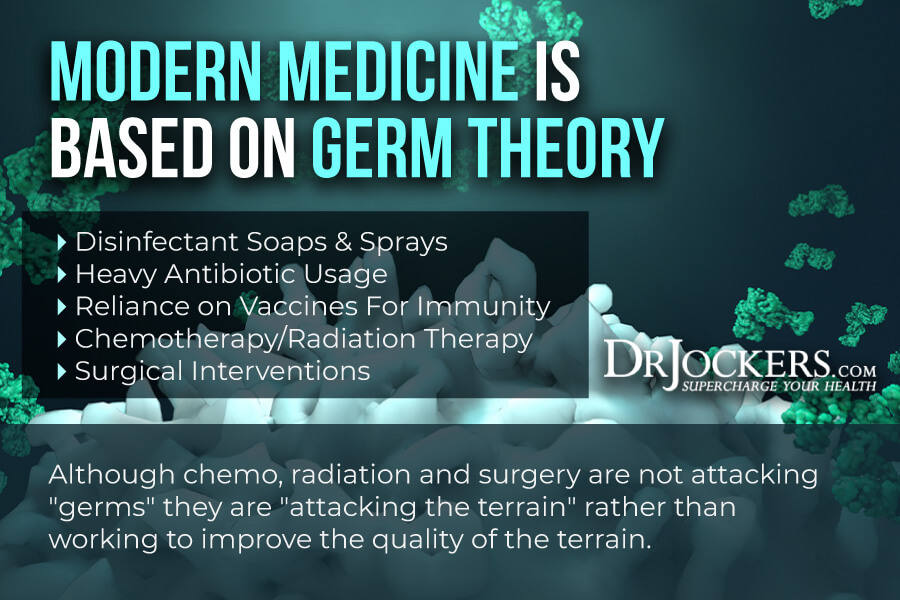
How To Optimize Your Terrain
Most people can relate to both the germ theory and the terrain theory of health, and the truth is probably somewhere in the middle. Very large exposures to pathogenic microbes can be very dangerous; however, small exposures can actually prime our immune system and make our body more resilient to disease.
The “hormesis” theory of health explains how exposures to dirt, dander, and germs early in life and consistently throughout life make our immune system function better. For example, kids who grow up on farms have much lower rates of asthma, allergies, and autoimmune disease as opposed to children who grow up in urban environments. This is thought to be due to the increased microbial exposure on the farm that challenges the immune system to adapt early in life.
With this said, we know that everyone can benefit from optimizing their terrain or creating a better environment within their body. If you want to experience increased energy, improved health, and more happiness in life, follow my tips on how to optimize your terrain.
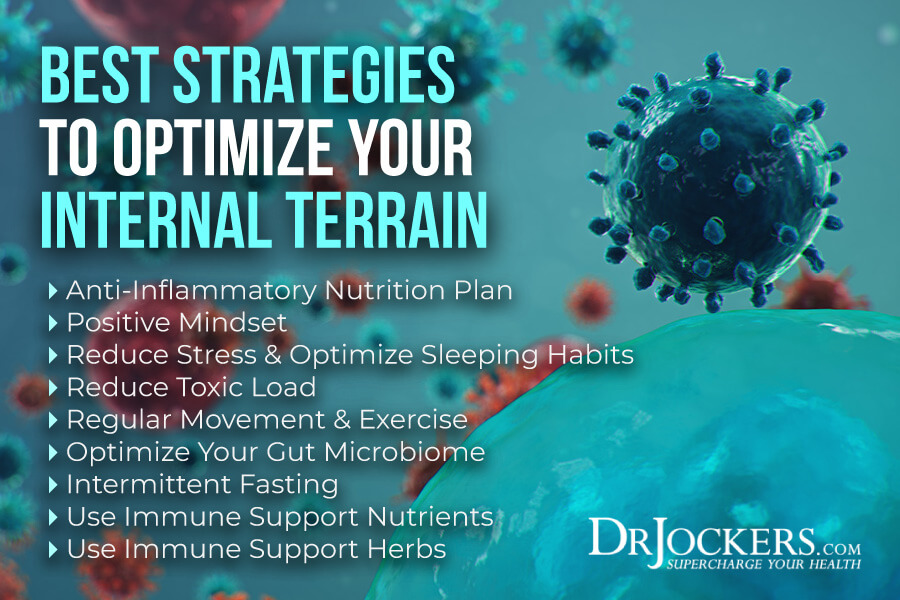
Anti-Inflammatory Nutrition Plan
What you put in your body matters. If you are feeding your body with unhealthy, inflammatory foods, you are setting up an unhealthy terrain that may attract infections or disease. If you are nurturing your body with healthy, anti-inflammatory foods, you are allowing your body to create a healthy homeostasis that can protect you.
Eliminate inflammatory foods, such as refined sugar, refined oil, artificial ingredients, conventional meat and dairy, processed food, deep-fried foods, and junk food. Honor your body with an anti-inflammatory nutrition plan abundant in nutrient-dense foods, such as organic greens, vegetables, low-glycemic index fruits, herbs, spices, nuts and seeds, fermented foods, healthy fats, and clean protein from pasture-raised beef, free-range poultry and eggs, and wild-caught fish. To learn more about the anti-inflammatory ketogenic nutrition plan I recommend, read this article.
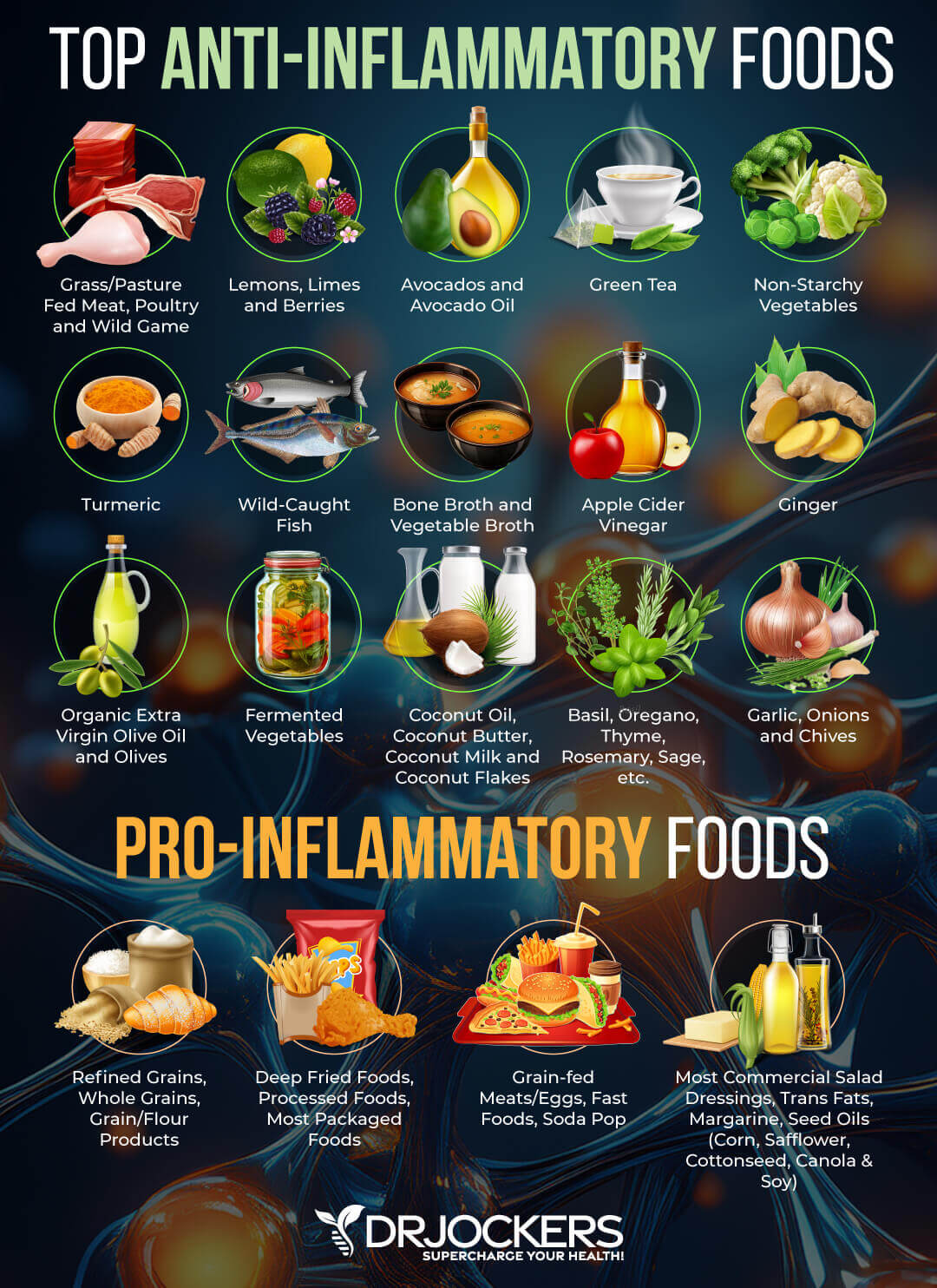
Positive Mindset
Your body’s health not only depends on the foods that you put in, but the thoughts you feed it. Having a negative mindset can bring your energy down, increase your stress levels, and lead to poor sleeping habits.
Having a negative mindset, feeling stressed, sad, or overwhelmed, may also increase your risk of unhealthy habits, such as eating sugary junk food or skipping your exercise routine.
To develop a positive mindset, I recommend that you surround yourself with positive people and positive activities. Pay attention to your thoughts and transform negative thoughts into positive ones. Keep a gratitude journal and practice daily gratitude. Practice positive affirmations.
Pray or engage in other spiritual practices that feel true to your heart. Seek out laughter and humor. If you are used to thinking negatively, it may feel weird at first and may take some effort.
Don’t worry, as you practice, it will come naturally to you. If you feel that you need some help, you may seek support from a therapist, life coach, or spiritual counselor to help you with releasing negative energy and creating a mindset shift.
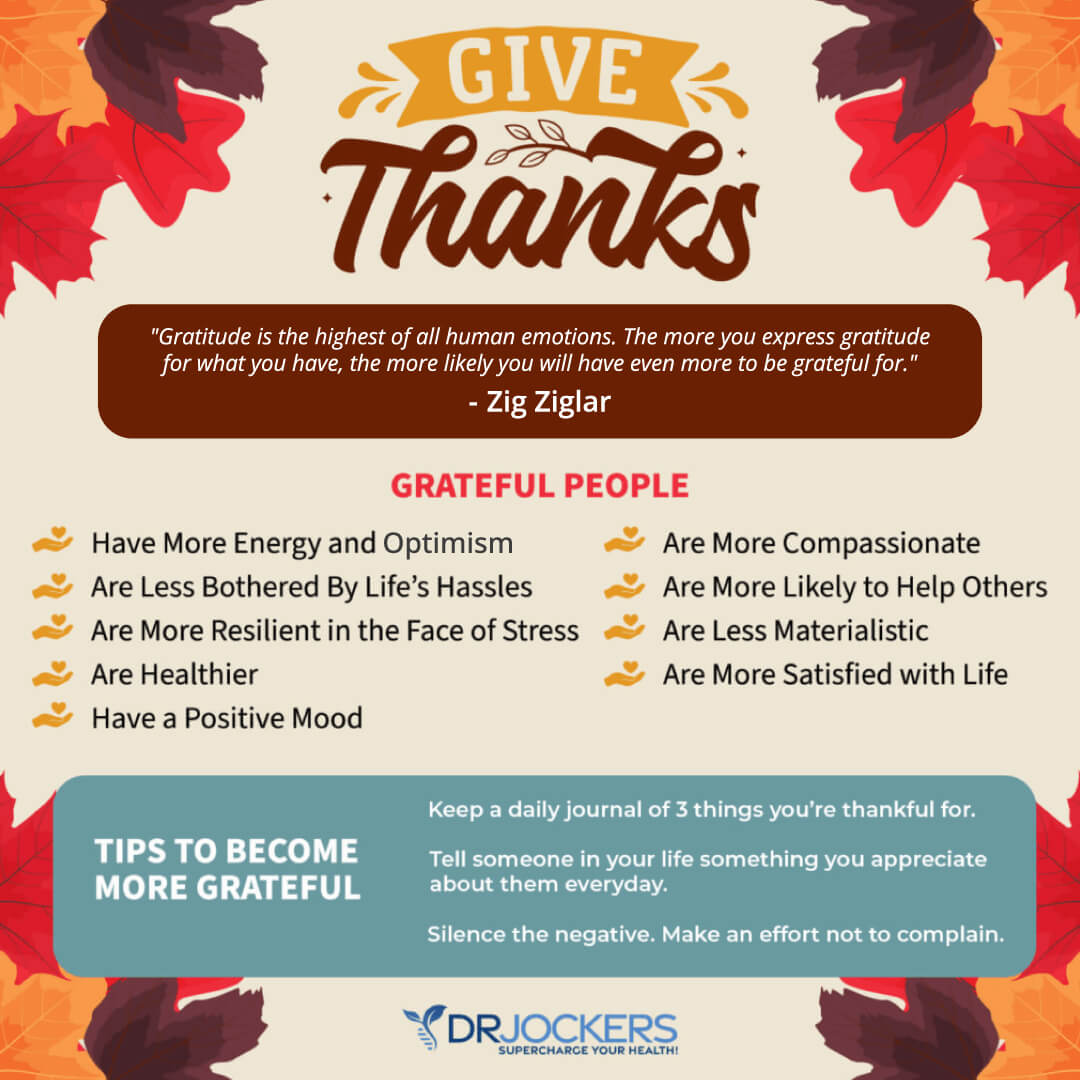
Reduce Stress & Optimize Sleeping Habits
Reducing stress and optimizing your sleeping habits is key to optimizing your terrain. Chronic stress and poor sleep both lead to inflammation and disease. They may increase poor eating and lifestyle habits that further harm your health. Reducing your stress levels and optimizing sleep, however, may have anti-inflammatory benefits and help to create a healthy environment in your body and mind.
To reduce stress, employ any or all of the strategies I recommended for developing a positive mindset. Reduce stressful activities from your life. Try journaling, prayer, meditation, guided relaxation, and breath work. Spend time in nature and do some grounding by walking barefoot on the earth.
Support your sleep and circadian rhythms by going to sleep and waking up at the same time every day. Avoid electronics, caffeine, and food several hours before bedtime. Engage in relaxing activities and sip on herbal tea to wind down. Make sure that your bedroom is a safe and comfortable sanctuary that supports your sleep and rest.
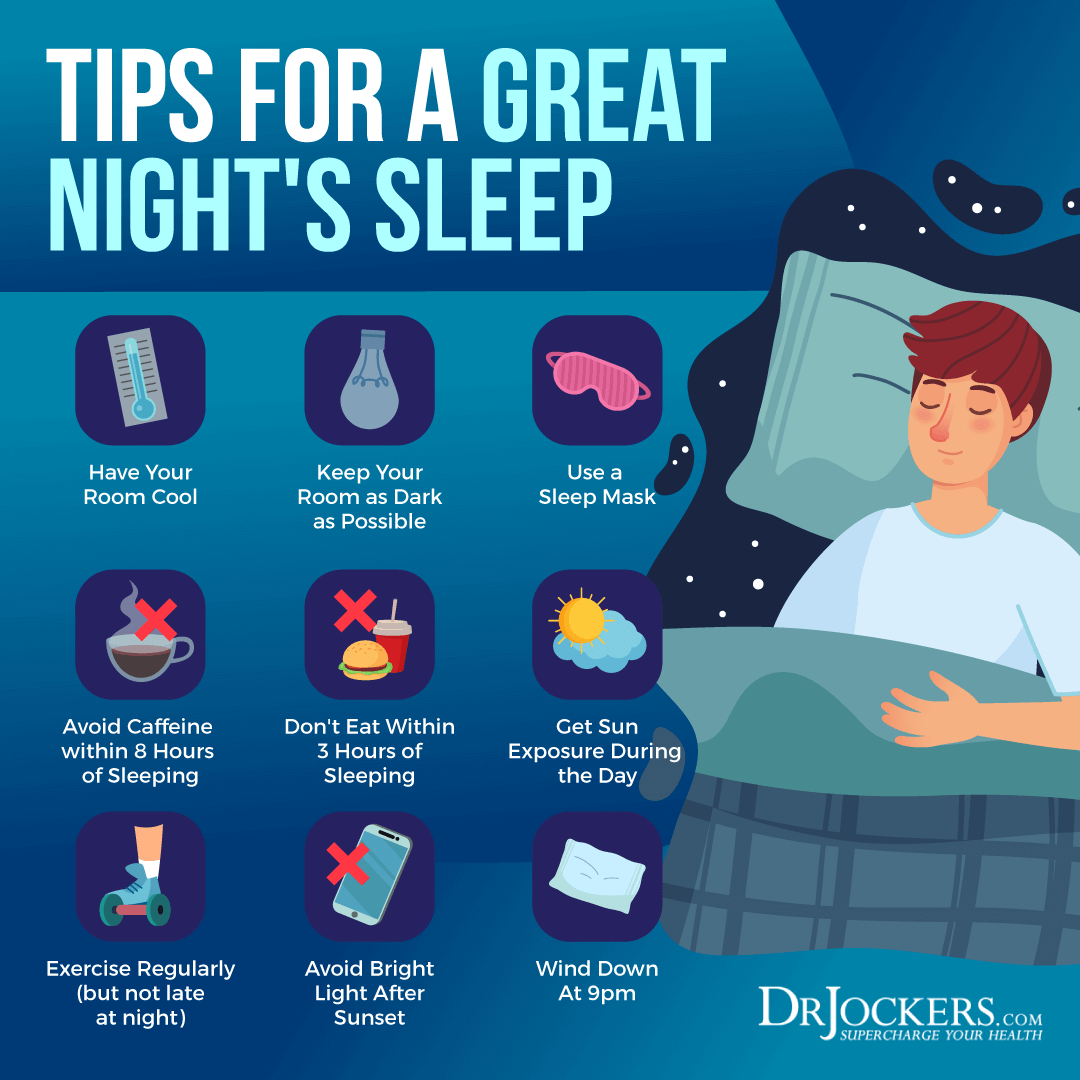
Reduce Toxic Load
Unfortunately, our modern world is full of toxins. There are toxins in our air, water, conventional produce, conventional cleaning and body products, and other household items. A high toxic load invites disease in your body, while lowering toxicity helps to protect your health.
Eat organic food whenever possible. Use organic, natural, and DIY cleaning, beauty, and body products instead of toxic conventional ones. Make sure that you have a good air filtration system in your home and office, and invest in a water purifying system as well. Reduce the use of plastic by opting for glassware, stainless steel, bamboo, pottery, wood, fiber cloths, and beeswax-covered cloths. Spend more time in nature and enjoy the fresh air.
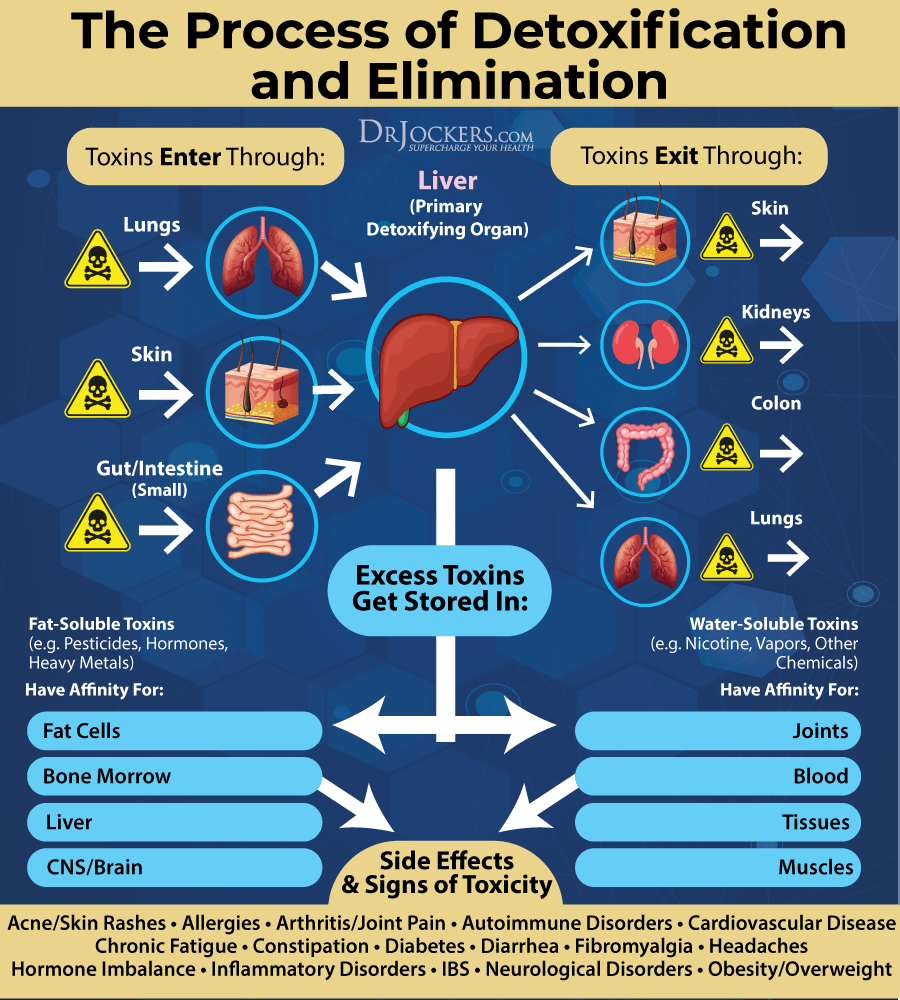
Regular Movement & Exercise
Movement and exercise are critical for your overall health. They energize your body and support your cardiovascular health. They support your immune system, reduce inflammation, and improve your mental health.
I recommend that you exercise at least 5 times a week for 20 to 30 minutes. Mix up cardiovascular exercise, such as hiking, jumping on the trampoline, swimming, or biking, strength and resistance training, such as bodyweight exercises, weight lifting, TRX, or CrossFit, and low-impact exercise, such as yoga, pilates, stretching, or light walks.
High-intensity interval training (HIIT) is a great way to mix cardio with strength training within one short workout. I recommend that you stay active each day by going for walks and hikes, dancing to your favorite song, taking the stairs at work, stretching regularly, playing with your kids and pets, or gardening.
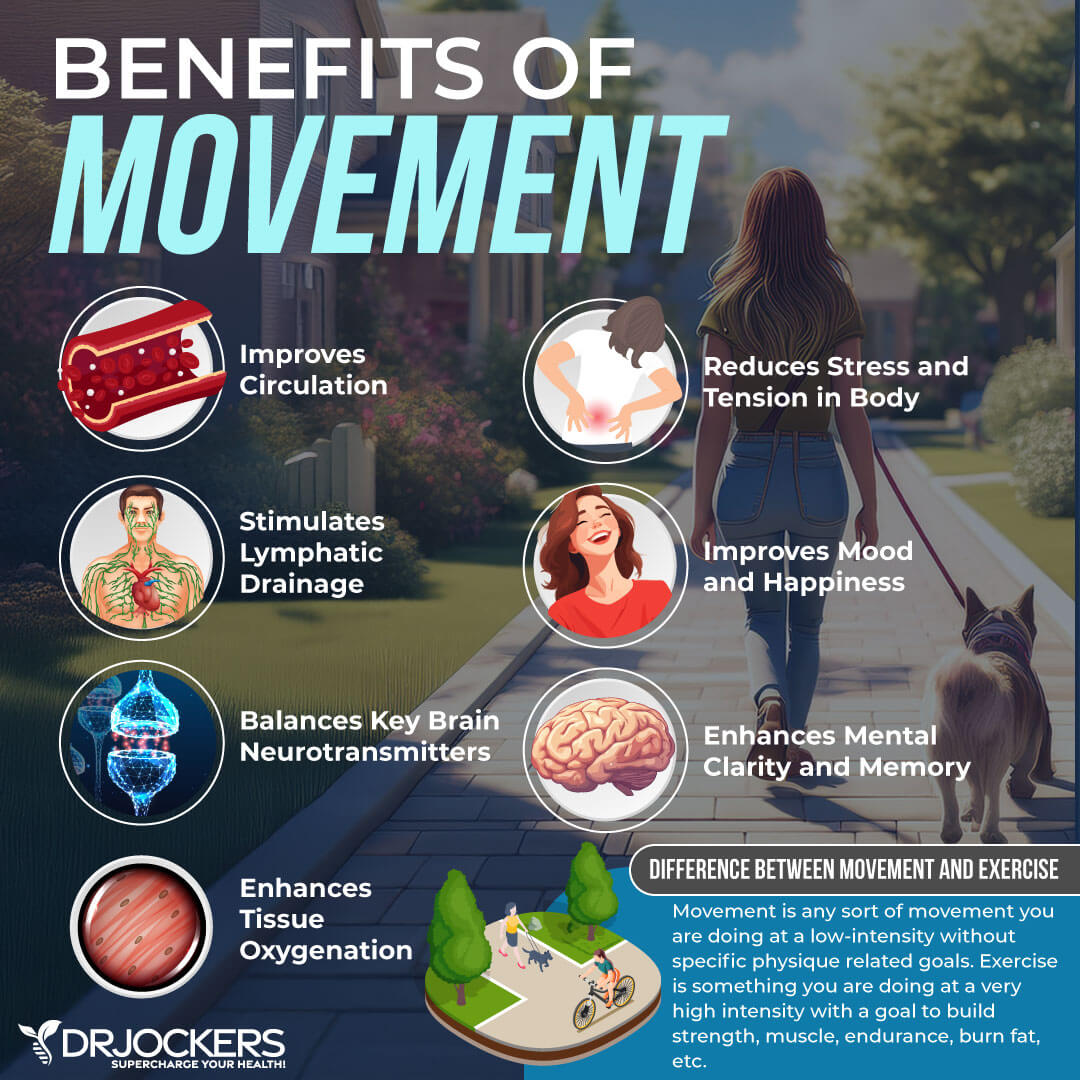
Optimize The Gut Microbiome
Your gut microbiome is connected to all parts of your body, including your immune system, brain and nervous system, cardiovascular system, and skin health. Having an imbalanced gut microbiome can result in chronic inflammation.
It can also make your body more vulnerable to pathogens, infections, and disease. A balanced gut microbiome, on the other hand, supports your immune system and all areas of your body and may help to reduce the risk of infections and disease.
To optimize your gut microbiome, it is important that you support it with anti-inflammatory, gut-healthy foods. I recommend that you eat plenty of prebiotic-rich foods to support probiotics in your gut, including onion, garlic, leeks, broccoli, asparagus, dandelion, jicama, and Jerusalem artichokes.
Eat plenty of fermented foods, including sauerkrauts, kimchi, kefir, and kombucha. I recommend that you take high-quality probiotics, such as Nexabiotic or SBO Probiotics – Ultimate as well. Additionally, I recommend Gut Repair to improve gut microbiome imbalance and dysbiosis.

Intermittent Fasting
Intermittent fasting is a way of eating that cycles between specific periods of fasting (not eating) and feasting (eating). It is a powerful and ancient healing strategy that helps to optimize your health.
Intermittent fasting may help to improve immune regulation, stimulate cellular autophagy, improve genetic repair mechanisms, improve insulin sensitivity, and lower the risk of chronic disease. Simply put, intermittent fasting may help to create a healthy terrain in your entire body (11, 12, 13, 14, 15, 16, 17, 18, 19).
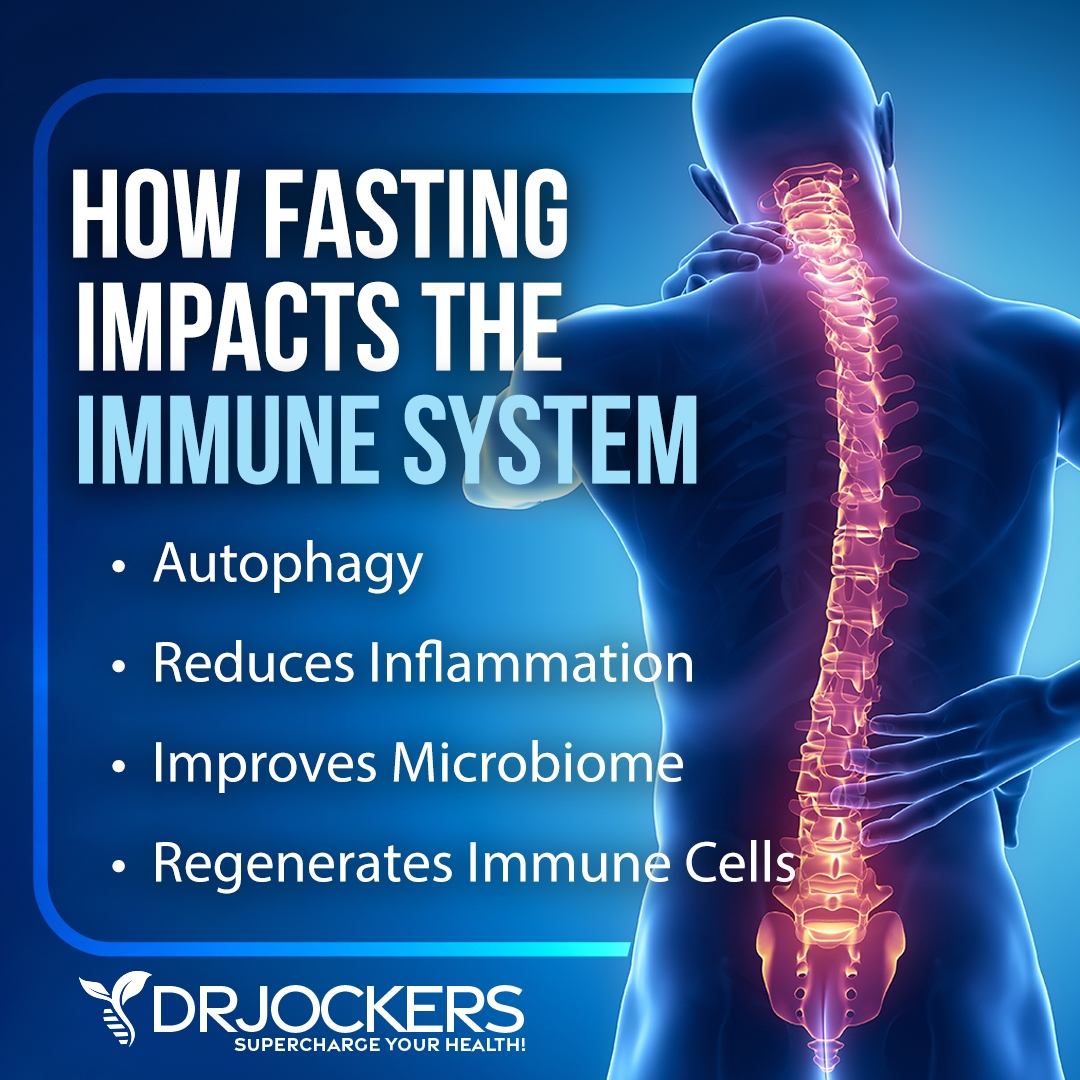
Getting Started with Intermittent Fasting
If you are new to intermittent fasting, I recommend that you start with the Simple Fast, which involves 12 hours of fasting, including your overnight sleep. If you eat dinner at 7 pm, you stop eating after that, and you won’t be eating until 7 am the next day. Gradually, you can increase your fasting window.
Most people feel best with a 16:8 approach, either doing 16 hours of fasting three times a week on the Cycle Fast or doing daily 16-hour fasts on a Strong Fast. Women tend to do the best on the Crescendo Fasting method. You may learn more about some of the best intermittent fasting strategies and how to get started by reading this article.

Use Immune Support Nutrients
Nutrient deficiencies are one of the main underlying reasons that cause an unhealthy terrain and increase your risk of infections, pain, and disease. If you’ve been eating an unhealthy diet low in nutrients, chances are, your body is experiencing some nutrient deficiencies.
Even if you are eating a nutrient-dense diet, gut microbiome imbalances may interfere with proper absorption, leading to deficiencies. Unfortunately, our soils are also depleted, so even a nutrient-dense diet may not be enough in some cases without careful attention and proper supplementation.
Some of the most common nutrient deficiencies include vitamin D, magnesium, vitamin C, omega-3 fatty acids, and zinc. All these nutrients are critical for your terrain and immune health. Here is what I recommend:
- Vitamin D: To optimize your vitamin D levels, I recommend spending time out on the sunshine regularly, eating vitamin D-rich foods, such as fatty fish, beef liver, and egg yolks, and daily supplementation with a vitamin D3/K2 product.
- Magnesium: To optimize your magnesium levels, I recommend eating plenty of green leafy vegetables, seafood, nuts, and seeds, and supplementing with CalMag Support.
- Vitamin C: To optimize your vitamin C levels, I recommend eating citrus, strawberries, kiwi, and peppers, and supplementing with Super C.
- Omega-3 Fatty Acids: To optimize your omega-3 fatty acid levels, I recommend eating wild-caught fish, seafood, flax seeds, chia seeds, walnuts and hemp seeds, and supplementing with Pro Omega Curcumin.
- Zinc: To optimize your zinc levels, I recommend eating seafood, pumpkin seeds, sesame seeds, cacao, spinach, and mushrooms, and supplementing with Zinc Charge.
To find out if you have a nutrient deficiency, you may consider micronutrient testing and working with a functional health practitioner for professional support.
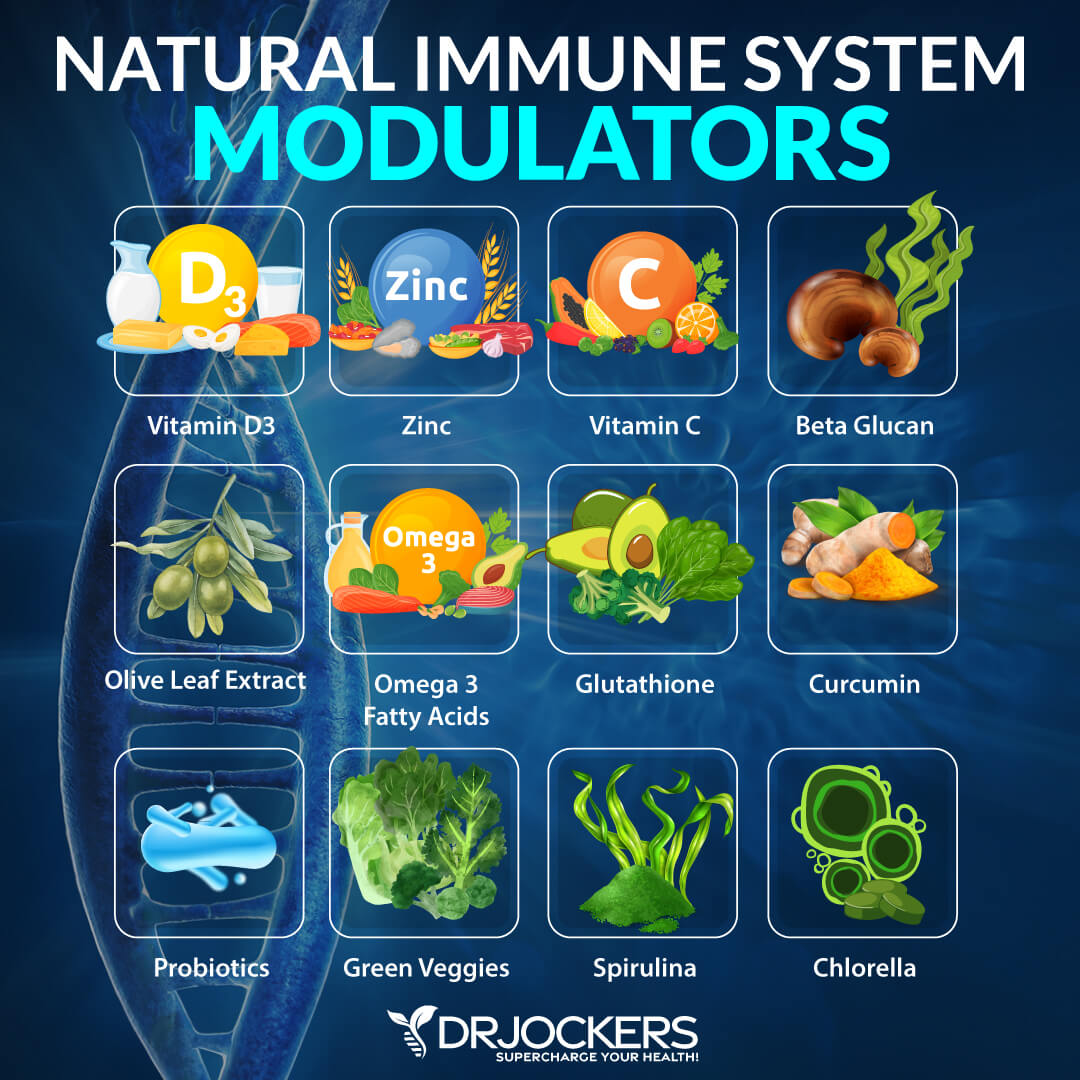
Use Immune-Supportive Herbs
I cannot emphasize enough how important eating an anti-inflammatory nutrient-dense diet is for optimizing your terrain and supporting your health. Such a nutrient-dense eating plan involves a lot of immune-supportive herbs that protect your overall health.
Some of the best immune-supportive herbs include curcumin, ginger, Boswellia, resveratrol, and quercetin:
- Curcumin: Curcumin is the active compound of the spice, turmeric, that has been used for thousands of years in India and other Asian cultures for its medicinal properties. Curcumin is one of the most well-researched spices with anti-inflammatory, antioxidant, and pain-reducing benefits (20, 21, 22, 23, 24, 25, 26).
- Ginger: Ginger is a relative of turmeric and is also part of the rhizome family. It has been used in ancient China, India, and later in the Roman Empire for medicinal benefits. It is a powerful anti-inflammatory and pain-reducing herb (27, 28, 29, 30).
- Boswellia: Boswellia or Indian Frankincense is a potent herbal extract that comes from the Boswellia serrata tree. It has been used in Asia and Africa for its healing benefits. It possesses fantastic anti-inflammatory benefits (31, 32).
- Resveratrol: Resveratrol is a powerful compound found in the skin of grapes and berries. It offers powerful antioxidant, anti-inflammatory, and immune protecting properties (33).
- Quercetin: Quercetin is a flavonoid that can be found in vegetables and fruits, such as onions, leafy greens, broccoli, and berries. It is rich in antioxidants with anti-inflammatory and immune-supporting benefits (34).
While adding these nutrient-supporting herbs, curcumin and ginger in particular, to your smoothies, soups, and dishes is important, to optimize your immune system, supplementation is your best bet. This is why I recommend taking Inflam Defense™ to lower inflammation and to protect you from health issues that may result from inflammation.
This supplement is a powerful combination of anti-inflammatory herbs, such as curcumin, boswellia, ginger, and rosemary extract, as well as nutrients from quercetin and rutin, and proteolytic enzymes. It is designed to help downregulate the inflammatory process and deal with the negative impact of acute or chronic inflammatory conditions. Take one capsule twice a day with meals, or for advanced protection, take two or more capsules twice a day or as directed by your health care practitioner.
Final Thoughts
Western medicine and modern healthcare have been focusing on the germ theory of health for over 150 years. This theory believes that pathogens, including bacteria, viruses, fungi, parasites, and other pathogens, are the main cause of infectious diseases.
For this reason, modern healthcare has been putting a major emphasis on sterilization and killing pathogens and tumors, controlling our external environment, and treating symptoms, while placing little to no emphasis on supporting and strengthening the body.
The terrain theory of health offers a contrast to the germ theory. It explains that germs cannot cause infection and disease unless the conditions within the body allow it. It places importance on creating health and homeostasis within our body to improve and protect our health, instead of trying to control our external environment by focusing on killing pathogens outside of us. T
The terrain theory of health believes that we can improve our health through nutrition and lifestyle. Follow my tips to optimize your terrain and improve your health and well-being.
If you want to work with a functional health coach, I recommend this article with tips on how to find a great coach. Our website offers long-distance functional health coaching programs. For further support with your health goals, just reach out and our fantastic coaches are here to support your journey.
Inflammation Crushing Ebundle
The Inflammation Crushing Ebundle is designed to help you improve your brain, liver, immune system and discover the healing strategies, foods and recipes to burn fat, reduce inflammation and Thrive in Life!
As a doctor of natural medicine, I have spent the past 20 years studying the best healing strategies and worked with hundreds of coaching clients, helping them overcome chronic health conditions and optimize their overall health.
In our Inflammation Crushing Ebundle, I have put together my very best strategies to reduce inflammation and optimize your healing potential. Take a look at what you will get inside these valuable guides below!



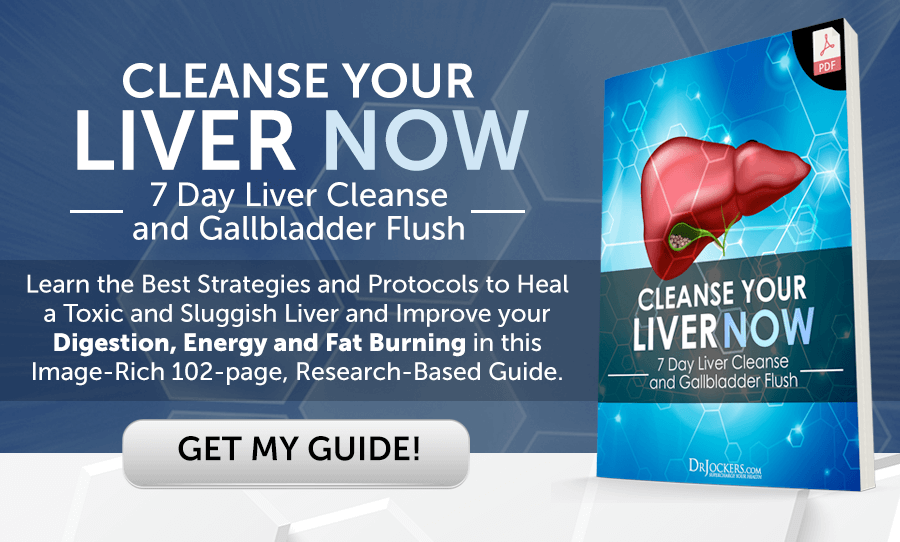


Thank you Dr Jockers,
I especially like your diagrams and I have bookmarked this site.
We all need to review our health at this stage now that we are up against the Covid scam.
Thanks again,
J.
Thank you J! Welcome to our community!
The theories do not seem mutually exclusive to me except for the (as far as I am aware) unproven: The terrain theory believes that disease will happen due to germs inside the body instead of outside of them. It believes that microorganisms change function, shape, and color depending on their environment. It explains that we need microorganisms and they can actually help to develop important metabolic functions and help our bodies if we provide a healthy environment for them. As science has evolved we have learned about the great importance of the terrain of our microbiome in our health.
Should have only included – The theories do not seem mutually exclusive to me except for the (as far as I am aware) unproven: The terrain theory believes that disease will happen due to germs inside the body instead of outside of them. It believes that microorganisms change function, shape, and color depending on their environment.
Going a step further, Bechamp described what he called Microzyma, or minute ferment bodies present in all cells of the body. These microzyma become whatever “disease” the terrain permits or requires in order to sanitise it. While microzyma has not been confirmed via modern instrumentation, what we do know is that traces of every disease known to man exist in every person, and diseases do indeed spring up where external factors (Germs) are extremely unlikely. People in extreme isolation get the flu. Even members of Antartic ice expeditions have come down with the flu after many months of complete isolation.
This thread is interesting. Many among us are not willing to go beyond the germ and virus theory. Why is that? Our bodies are imbalanced, and we feel threatened by the environment. The germ and virus theory fits in neatly into this imbalance; what is in essence an allergic condition. The allergic person fears nature. It is an unfortunate state but the solution lies in nature.
Instead of worrying about germs and viruses let us concentrate on creating balance within us by adopting the steps Dr Jockers has suggested. Once the balance returns, we will no longer fear germs and viruses.
Regarding the microbiome within us, it is helping us live. When waste and toxins accumulate it engages in elimination. We wrongly call it disease. Autoimmune diseases, induced by toxic medicine aggravates this process. However this too is overcome by inducing health.
Thank you Dr Jockers. I enjoyed your article and have also shared it widely.
Thanks for sharing!
No, MSG is not something that is good!
Thank you for being a Blessings to us doc the topic is timely a source of very informative information based on facts on how to take good care of our individual self in order to attain good healthy self in natural way. God Bless po😇
Thank you for your support! Blessings!
I agree with almost everything in the article, except you recommending eating ‘clean protein from pasture-raised beef, free-range poultry and eggs, and wild-caught fish’.
You can get everything you need to sustain your body from a plant based diet.
Not only that, when you reject eating animals you are no longer complicit in the violence that is meted out to sentient beings – that includes fish!
If you could live your life without hurting others, why wouldn’t you?
What are the sources of fat soluble vitamins in plants that can supply sufficient levels for minerals and dental and brain health? Dr Weston Price healed entire families of severe dental problems with cod liver oil, and grass fed animal products. I cured myself of severe dental problems with this, and lack confidence eating plants only will succeed.
Thank you so much Dr. Jockers for your amazing content.